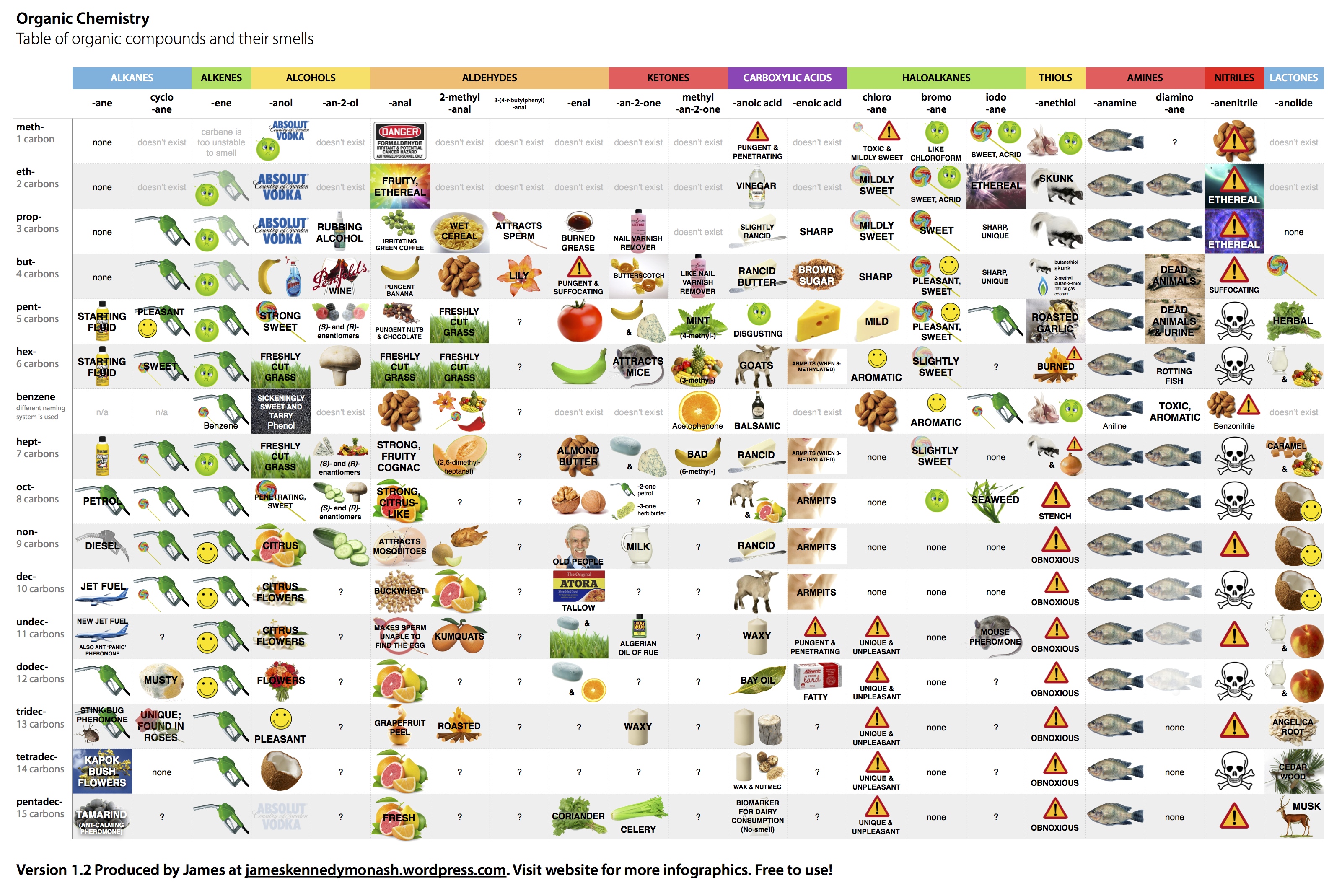Energy Recovery Awarded $6.2M For Desalination Projects In Saudi Arabia
3-D printed custom silicon heart valves Multi-material additive manufacturing of patient-specific shaped heart valves. Elastomeric printing enables mechanical matching with the host biological tissue. Credit: Fergal Coulter / ETH Zurich
Scientists at ETH Zurich and the South African company Strait Access Technologies are using 3-D printing to produce custom-made artificial heart valves from silicone. This could help meet an aging population's growing demand for replacement heart valves.
The human heart has four chambers, each equipped with a valve to ensure blood flow in one direction only. If any of the heart valves are leaking, narrowed or distended (or even ruptured), the blood runs back into the atria or ventricles, putting the entire heart under severe strain. In the worst case, this can lead to arrhythmia or even heart failure.
Depending on the severity of the defect, artificial heart valves can be inserted to remedy the problem. Over the next few decades, demand for this type of surgery is likely to soar in many parts of the world due to the aging population, lack of physical exercise and poor green corrosion inhibitors diet. It is estimated that around 850,000 people will require artificial heart valves in 2050.
Researchers working at ETH Zurich and the South African company SAT have therefore been looking for an alternative to the replacement heart valves currently in use. And with some success: they have developed an artificial heart valve made of silicone, which is created in several steps using 3-D printers. The scientists have reported on their work in an article in the latest issue of the scientific journal "Matter."
The new model has several advantages over conventional heart valves: the silicone heart valve can be tailored more precisely to the patient, as the researchers first determine the individual shape and size of the leaky heart valve using computer tomography or magnetic resonance imaging. This makes it possible to print a heart valve that fits the patient's heart chamber perfectly. The researchers use the images to create a digital model and a computer simulation to calculate in advance the forces acting on the implant and its potential deformation. The material used is also compatible with the human body, while the blood flow through the artificial heart valve is as good as with conventional replacement valves.
Heart surgeons have traditionally used implants that consist either of hard polymers or animal tissue (from cows or pigs) combined with metal frames. To prevent the body rejecting these implants, patients have to take life-long immunosuppressants or anticoagulants, which have significant undesirable side effects.
Easier to make
In addition, conventional replacement valves have a very rigid geometric shape, making it challenging for surgeons to ensure a tight seal between the new valves and the cardiac tissue. "The replacement valves currently used are circular, but do not exactly match the shape of the aorta, which is different for each patient," says Manuel Schaffner, one of the study's lead authors and former doctoral student of Andr? Studart, Professor for Complex Materials at ETH. On top of that, manufacturing artificial heart valves is both expensive and time-consuming.
Credit: Fergal Coulter / Complex Materials / ETH Zurich
The new type of silicone heart valves gets around this problem. It only takes about an hour and a half for researchers to produce such a valve with a 3-D printer. By contrast, it takes several working days to make an artificial heart valve by hand from bovine material. Production with 3-D printers could also be speeded up: a battery of printers could, for example, produce dozens or even hundreds of valves every day.
First, the scientists create a negative impression of the valve. Silicone ink is sprayed onto this impression in the shape of a three-pointed crown, which forms the valve's thin flaps. In the next step, an extrusion printer deposits tough silicone paste to print specific patterns of thin threads on their surface. These correspond to collagen fibres that pass through natural heart valves. The silicone threads reinforce the valve flap and extend the life of the replacement valve. The root of the blood vessel connected to the heart valve is printed using the same procedure and at the end is covered with a net-shaped stent, which is needed for connecting the silicone valve replacement to the patient's cardiovascular system.
Longer service life
Initial tests have produced very promising results for the new valve's function. The material scientists' goal is to extend the life of these replacement valves to 10-15 years. This is how long current models last in patients before they need to be exchanged. "It would be marvelous if we could one day produce heart valves that last an entire lifetime and possibly even grow along with the patient, so that they could also be implanted in young people as well," says Schaffner.
However, it will still take at least 10 years before the new artificial heart valves come into clinical use, as they first have to go through exhaustive clinical trials.
Fergal Coulter, lead author of the study, is currently working on the further development of the silicone heart valve. "These experiments are needed to make sure that the technology has any chance at all of being used in human patients," he stresses. Coulter is a postdoc in Professor Studart's group and developed the 3-D printers needed to produce the heart valves.
New material is very robust
Coulter is also continuing to experiment with new materials that could extend the life of the heart valves.
However, either an industrial partner or possibly a spin-off is needed to make the heart valve commercially available on the market. "As a research group, we are unfortunately unable to provide a seamless offering from the first experiment to the first application in the human body," Schaffner emphasizes.
Global Chelating Agents Market In Transition

If you?re in the market for chelating agents list water pre-treatment, you know that cutting corners simply won?t work. With so many legal stipulations pertaining to water quality, finding a cut-rate solution simply isn?t in the cards; the government will bite you hard if you try. At the same time, accepting any answer without shopping properly for the best solution is also bad business. What you need is an optimal solution that is both profitable and legal.
In order to realize this balance, you need a water technology company that takes into account all the aspects of the apparatus supporting the inflow and outflow of water for your business or institution. It?s not enough to simply have a chemical expert examine your water for variations at different points in your production line; you also need an engineer?s eye to go over your production site to ensure that the production apparatus will support the best possible water pre-treatment process. If both your chemical solutions and apparatus solutions are set up together ideally, then you?ve got an optimized production line.
If you?re in Etobicoke, Ontario or in the surrounding area and in search of an optimal water pre-treatment solution, we at Ion Water Solutions can help. Our expertise is in both the fields of chemistry and engineering. This, combined with our enthusiastic expertise in water technology, allows us to provide you with the best opportunity to optimize your water pre-treatment system. Call us for a free survey so we can offer answers customized to your site.
Boiler Maintenance 101: Low Feedwater Temperature Causes Boiler Failure

 Seeking water treatment solutions today means choosing among a boon of water technology advancements. There?s more demand for cutting-edge water technology now than ever before, leaving customers with a tremendous range of choice. Not all options are equal, however, in this dynamic field, where some water technology companies will peddle solutions while the answer they posit may be far from exhaustive or ideal.
Seeking water treatment solutions today means choosing among a boon of water technology advancements. There?s more demand for cutting-edge water technology now than ever before, leaving customers with a tremendous range of choice. Not all options are equal, however, in this dynamic field, where some water technology companies will peddle solutions while the answer they posit may be far from exhaustive or ideal.
Depending on your business or institution, it may be possible that the answer you?re looking for could be found strictly in the chemical realm. This can be considered an optimistic approach to inflow and outflow of water for your project. Water treatment solutions are not limited to chemical answers. There may also be an aspect to your apparatus that could be optimized further. While this sort applications of surfactants (Going in Irochemical) consideration is beyond water technology companies that regard all answers to water treatment questions as chemical, some companies provide an engineer?s eye to the apparatus at hand so that it too may be optimized for maximum production and profitability.
If you?re searching among water treatment solutions in Etobicoke or the surrounding areas, we at Ion Water solutions are here to help. With our chemical and engineering expertise, we can provide a comprehensive solution to your water technology problem. Before you settle for an answer based on ion resins or filters, give us a call. We offer free surveys on site and are happy to help you optimize your apparatus so that your water treatment solution is ideal for your site and your goals.